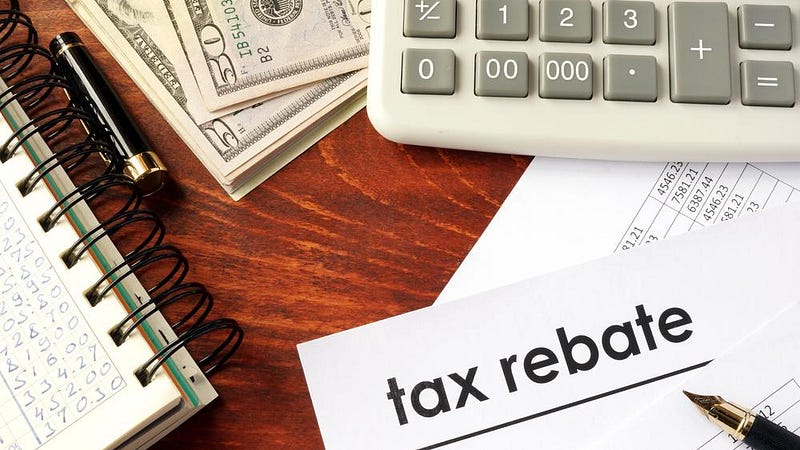What Are the Proficient Ways to Manage Tax in the UK?

Be wary if your tax ID is on the low end; a number of 1150, for instance, would indicate a Personal Allowance of only £11,500. Your personal allowance may be too low, resulting in a higher tax bill, if you aren’t getting any taxable advantages in kind. When your tax ID is larger than 1250, you get a bigger paycheck before income tax kicks in. If this is wrong, you can have an unpleasant surprise at year’s end when you find out you haven’t paid enough in taxes.
1. Ensure Your Tax Code is Correct
Using your tax ID number, your employer may calculate the appropriate amount of tax to withhold from your paycheck. The dollar amount included inside a simple tax code indicates the portion of your annual income that is not subject to income taxation. You must pay income tax on any money you make over and above your personal exemption amount. For example: check for tax rebate for the 2020–21 tax year, the standard personal allowance is £12,500, and the corresponding default code is 1250L. The number within the tax code, therefore, shows the personal allowance figure with the final zero dropped.

2. Assert Your Right to the Full Tax Deduction for Pension Donations
In some circumstances, the government will match 20% of a personal pension contribution, up to a maximum of £80. You can earn considerable tax savings. The remaining 20% or 25% of most employer programmes is paid out at source, but you must claim it on your tax return or by writing to HRMC. A claim must be submitted no later than four years after the close of the tax year in question. Don’t pass up this opportunity!
You may get significant tax savings by making a pension contribution in the same year in which you experience capital gains or cash in an Investment Bond. If your company offers a matching pension contribution up to a particular percentage of your income, it’s in your best interest to put as much money as you can afford into the plan so that you may reap the full benefits of the matching contribution.
3. Claim All Tax Relief
These days, it’s simple to make a donation online, and if you want to use Gift Aid, your donation will be worth 25 cents more to nonprofits and CASCs (community and amateur sports clubs).
Tax reduction at the higher or extra rate is available for pension contributions as well. You should report the amount you really gave to the charity (not the increased amount after Gift Aid) on your tax return, therefore it is important to maintain accurate records of your giving each year.

In your self-assessment tax return you generally only record items from the preceding tax year. However, if you qualify for Gift Aid, any gifts you made during the current tax year (up to the day you submit your return) will be eligible for tax benefits.
4. Reduce High-income Child Benefit Tax Charge
Anyone receiving child benefit who also has an adjusted net income of more than £50,000 will be subject to an additional income tax.
When a family’s adjusted net income is above £50,000, a charge of 1% of the child benefit amount is levied, and if it hits £60,000, the benefit payout is essentially cut to zero. The tax on a child benefit may be lowered or eliminated if the taxpayer reduces their adjusted net income by making pension payments or charitable donations (as described above).
5. Take Full-time Advantage
Beginning with an adjusted net income of £100,000, the basic personal allowance begins to be tapered down to zero. There are several methods to take use of the basic personal allowance and arguably the most prevalent is when one half of a pair is a higher rate taxpayer and the other is a zero rate taxpayer. It is possible to save £5,000 per year in tax by transferring income-generating assets into the name of the nil rate taxpayer (£12,500 multiplied by 40%).


Comments
Post a Comment